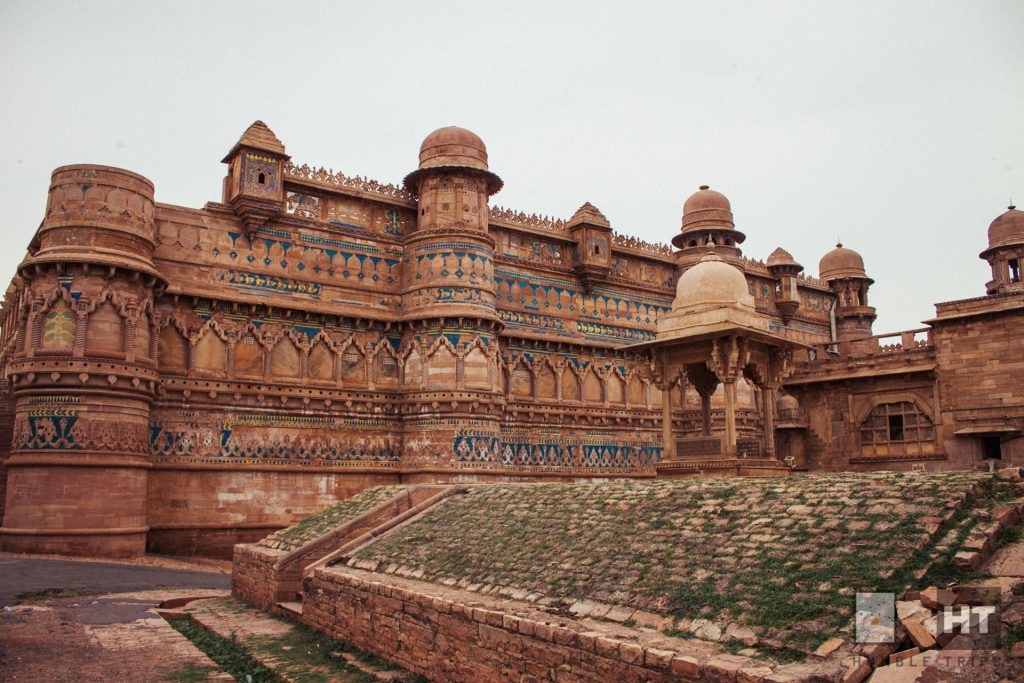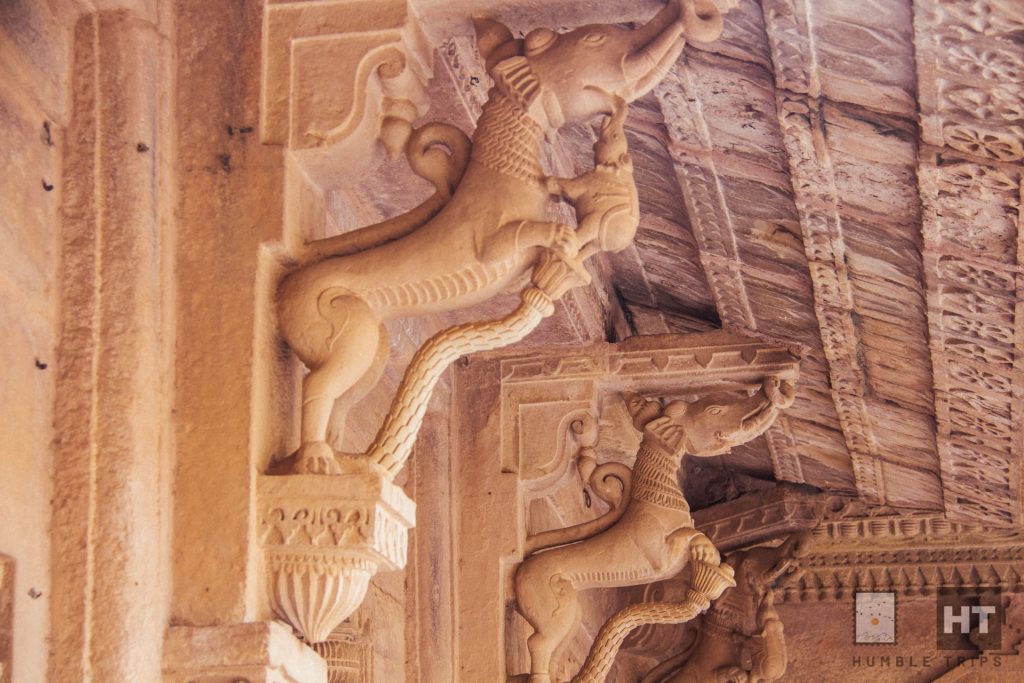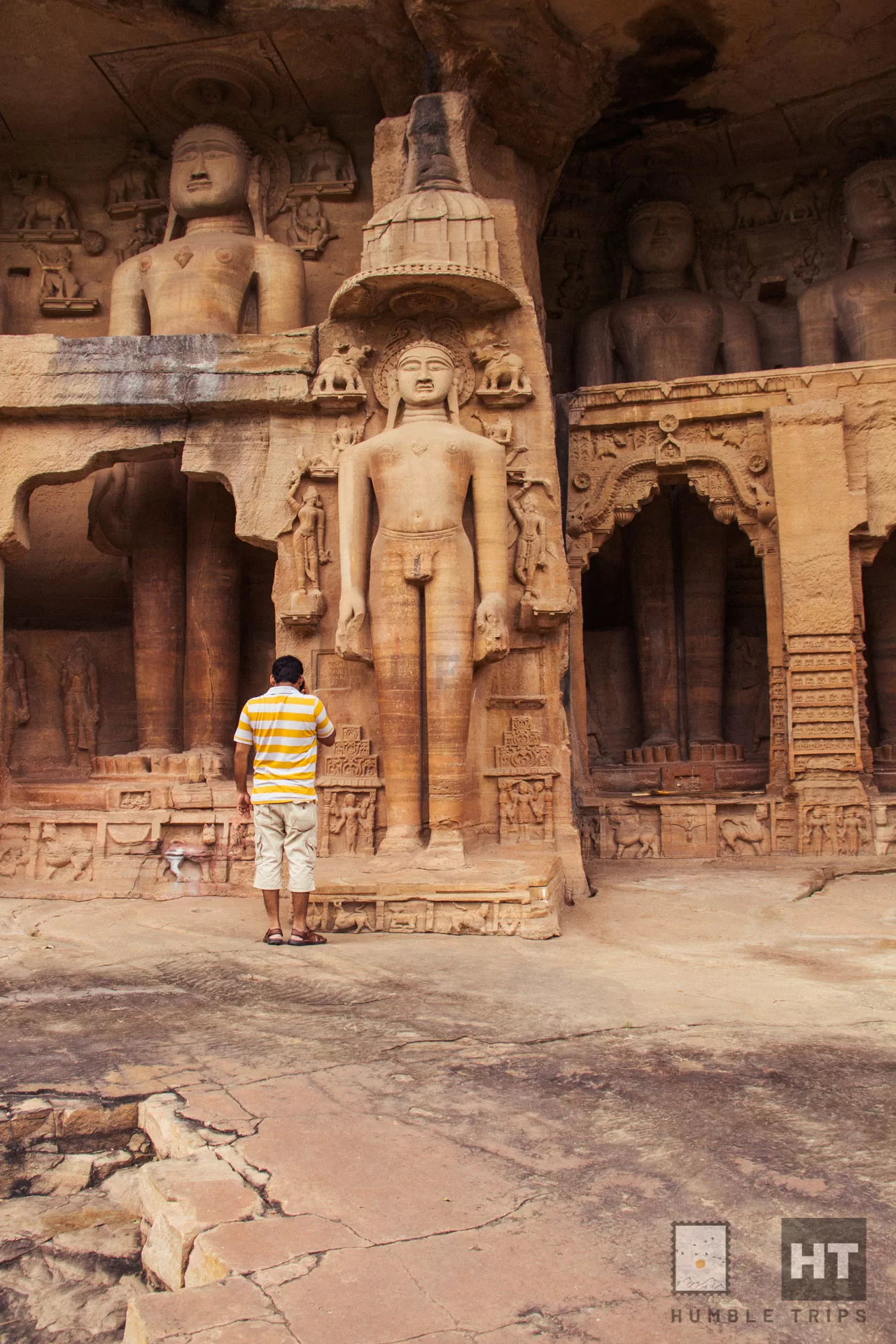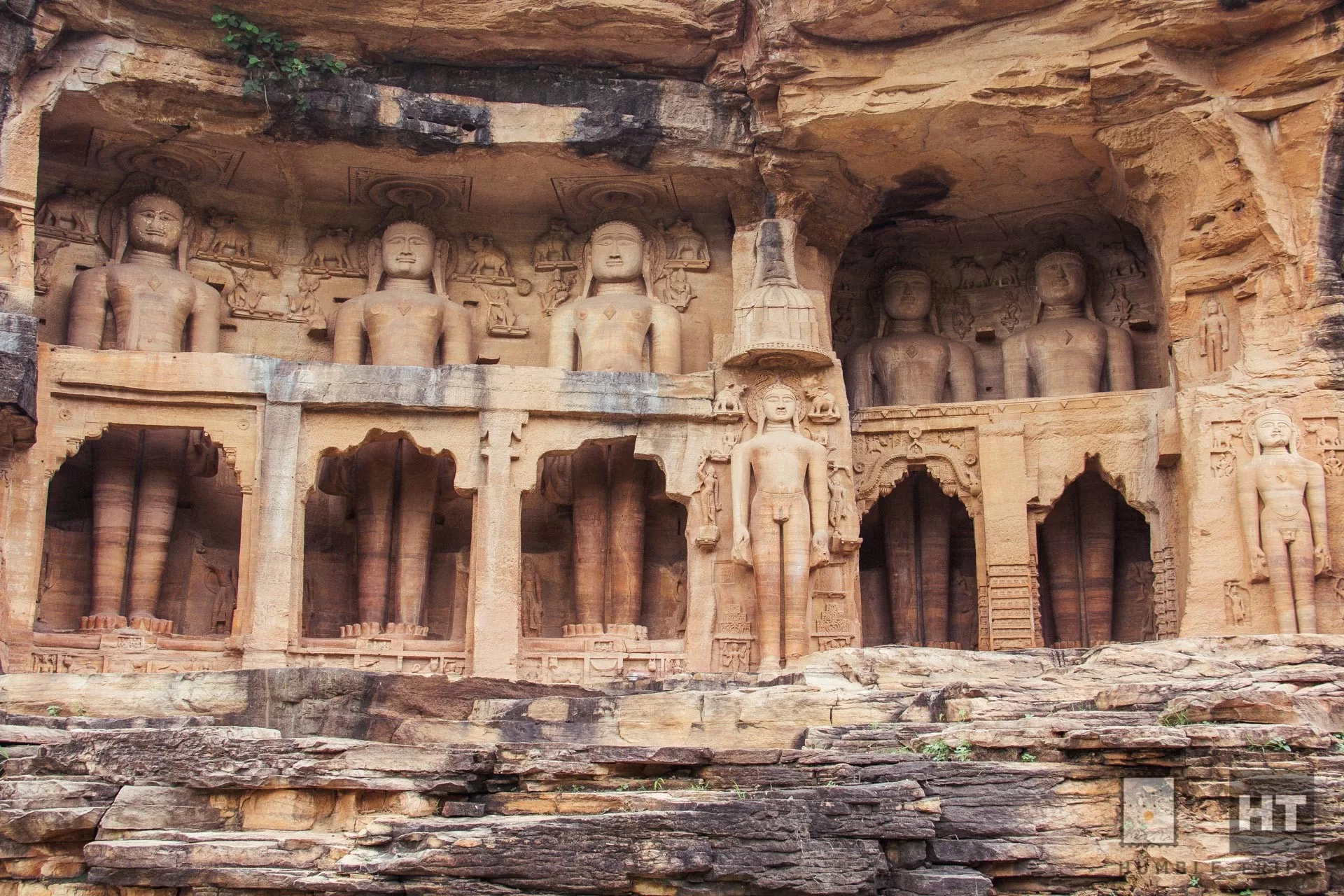Gwalior Fort is one of the most famous, symbol of India’s rich cultural heritage and historically significant landmarks in India that stood the test of time and has witnessed several historical events over the centuries.
I was lucky that better half is from this place and happened to visit this place multiple times and get to know it better.
In the 15th century, Raja Man Singh Tomar constructed Gwalior Fort, inspired by a divine light. Throughout history, the fort saw the rule of various dynasties like the Mughals, Marathas, and Scindias. It witnessed significant battles, including the pivotal Battle of Gwalior in 1858 during the Indian Rebellion.


Jhansi ki Rani, also known as Rani Lakshmibai, played a pivotal role in India’s first war of independence. Her story intertwines with Gwalior Fort, where she valiantly fought against the British forces. The fort held strategic significance, and the British sought its capture. Despite facing adversity, Jhansi ki Rani fearlessly defended the fort, ultimately sacrificing her life for her country’s freedom. Her inspiring tale resonates with generations, while the fort stands as a symbol of India’s fight for independence.
Architecture of Gwalior Fort
Gwalior Fort, an engineering marvel, stands atop a 300-feet high hill spanning 3 square kilometers. With entrances like Hathi Pol and Badalgarh Gate, the fort is fortified by tall walls and bastions. Inside, you’ll find numerous temples, palaces, and structures.




Attractions at Gwalior Fort:
There are several attractions at Gwalior Fort that make it a must-visit destination for tourists. Some of the most popular attractions include:
- Man Mandir Palace: This palace was built by Raja Man Singh Tomar and is one of the most beautiful structures in the fort. The palace has several chambers, including the Diwan-e-Aam and Diwan-e-Khas, and is decorated with exquisite carvings and paintings.


- Teli ka Mandir: This temple is one of the oldest structures in the fort and is dedicated to Lord Vishnu. The temple has a unique blend of North Indian and South Indian architectural styles and is a must-visit for architecture enthusiasts.
- Gujari Mahal: This palace was built by Raja Man Singh Tomar for his queen, Mrignayani. Today, it houses a museum that showcases the rich cultural heritage of Gwalior.
- Sas Bahu Temple: This temple is dedicated to Lord Vishnu and was built in the 11th century. The temple is known for its intricate carvings and is a popular spot for tourists.


Gopachal Parvat:Jain Thirthankar Idols
Nestled within the picturesque surroundings of fort, Gopachal Parvat stands as a revered destination for Jain devotees and enthusiasts of architectural marvels. This sacred hill houses a remarkable collection of Jain Thirthankar idols, which are renowned for their exquisite craftsmanship and historical significance.
One of the highlights of Gopachal Parvat is the 24-foot-tall statue of Lord Parshvanath, the 23rd Thirthankar of Jainism. This magnificent statue, adorned with delicate carvings and ornate jewelry, stands as a symbol of spirituality and tranquility
Favorite place for movie makers:
Over the years, Gwalior Fort has attracted filmmakers due to its stunning architecture and cultural heritage. Renowned movies like ‘Mughal-E-Azam’, 1960 epic historical drama film and ‘Shahenshah’,which starred legendary actor Amitabh Bachchan were shot extensively at the fort, captivating audiences with its captivating beauty. Filmmakers are drawn to the fort’s scenic allure, making it an ideal location for their cinematic creations.
The Sikh Connection
Near Gwalior Fort, Gurdwara Data Bandi Chhor, a significant Sikh shrine, honors Guru Hargobind Sahib. Held captive in the fort, the guru’s release inspired the gurdwara’s name, meaning ‘the liberator of prisoners’. Constructed in the 1970s, it has become a revered pilgrimage site with stunning architecture and a serene atmosphere, attracting Sikhs worldwide.
How to reach Gwalior Fort:
Gwalior Fort is located in the city of Gwalior, which is well-connected to other parts of India by road, rail, and air. The nearest airport is the Rajmata Vijaya Raje Scindia Airport, which is located around 10 kilometers from the fort. The fort is also well-connected by rail, and there are several trains that run to Gwalior from major cities ( Delhi, Agra etc) in India. The fort is located around 3 kilometers from the Gwalior railway station, and visitors can take a taxi or a bus to reach the fort.
Gwalior Fort is a fascinating destination for history and architecture enthusiasts. The fort’s rich cultural heritage and magnificent architecture make it a must-visit destination for tourists.
Other worthy places to visit in Gwalior
Jai Vilas Palace & Scindia Museum: Located inside the Jai Vilas Palace, this museum houses an impressive collection of art, weaponry, and royal memorabilia.
Tigra Dam: This scenic dam, located about 23 kilometers from Gwalior, is a popular spot for picnics and boating.











